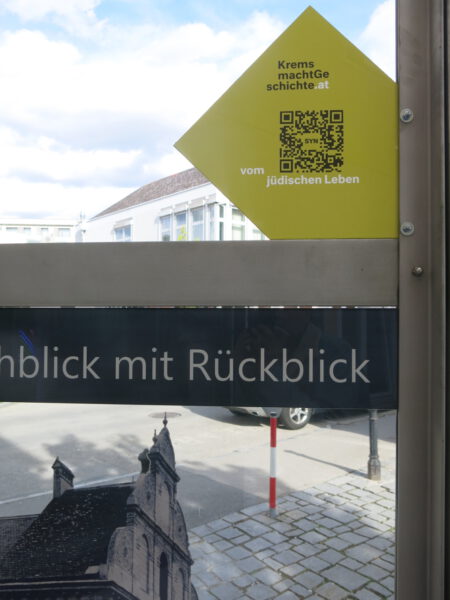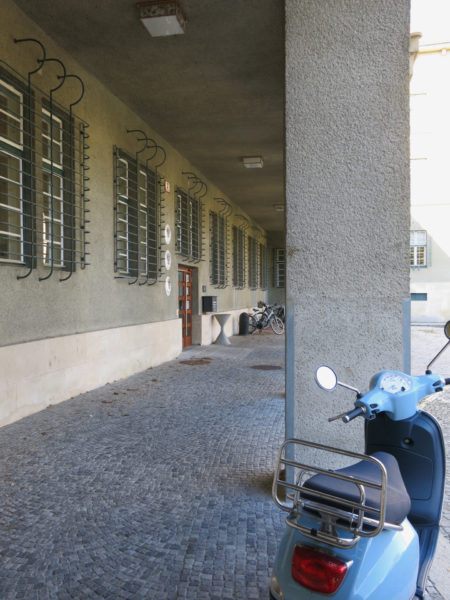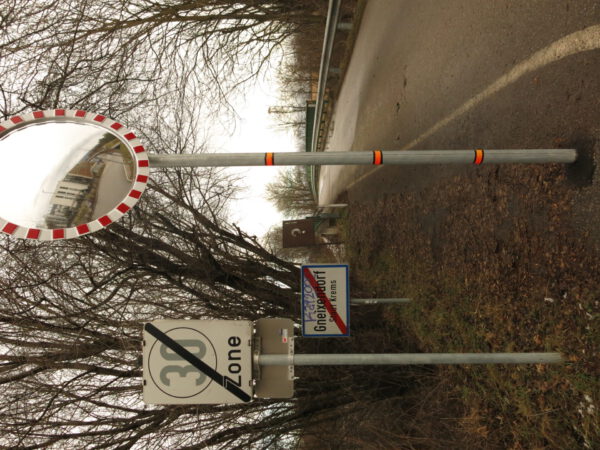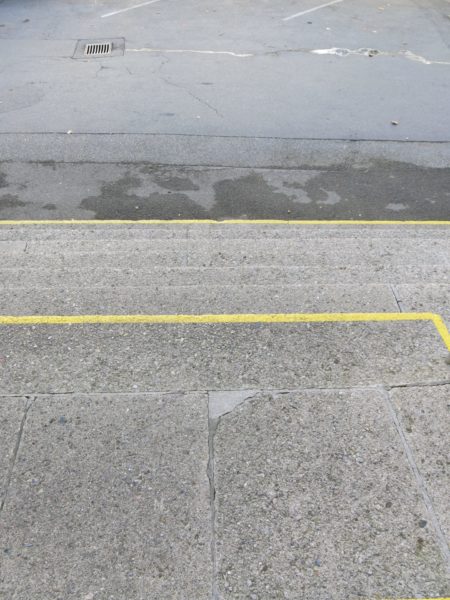The Nazi regime created a complex and many-branched system for persecuting, penalising and murdering Jewish, Sinti and Roma people and other “undesirable” groups, as well as political opponents of Nazism.
Working together, the Secret State Police (Gestapo), the Nazi camps and court system, the German armed forces (Wehrmacht) and the military courts formed an interlocking instrument that enforced the Nazi regime’s policy of extermination. Among the Gestapo’s duties were the maintenance of forced labour for the war economy and surveillance of forced labourers. A factory might contact the Gestapo, for instance, to take action against a worker who had fallen out of favour. The worker would then be cautioned, arrested, mistreated, put on trial and in many cases transferred to concentration and extermination camps.
The methods of persecution were arrest, torture and murder. The use of informers and denunciations from the general population often led to arrests. One example is the story of Richard Ott. After his first attempt to desert from the Wehr macht, he was sent to a military prison in Poland in 1944. He escaped from there and went into hiding at the home of family friends in Krems. While there he was seen by a former schoolmate, who informed on him to the Criminal Police. He was arrested once more and, after again attempting to escape, was shot dead on the Pfarrplatz by Franz Hahn, a captain in the Wehrmacht.
The Gestapo also managed to recruit informers to spy on the Communist resistance. After a series of trials, three central figures in the Krems resistance – Franz Zeller, Ferdinand Strasser and Johann Hoffmann – were executed at the Regional Court in Vienna on 30 September 1942. Attempts were made to try another 16 people in special trials before the so-called People’s Court.
The prison in the then District Court, today the Krems Regional Court, was used to incarcerate women serving shorter sentences. The Stein Penal Institution, by contrast, was the largest prison in “Ostmark” (the Nazi name for Austria) during the National Socialist period. In 1945 there were around 1,800 prisoners there from various countries. Many of them had been arrested for political reasons, such as making statements critical of the regime, listening to foreign radio broadcasts, distributing leaflets, collecting donations for imprisoned Social Democrats and Communists or for armed resistance against the Nazi regime. In 1945, when the Red Army had liberated Vienna and was advancing towards Krems, the decision was taken to release all prisoners. Instead, under the pretext of suppressing a revolt, a massacre of the freed inmates took place on 6 April 1945 in the prison courtyard. At the same time, the Waffen-SS searched the surrounding area for released prisoners. These troops were supported by units from the local gendarmerie, the conscript militia Volkssturm and the population of the nearby villages. As a result, around 600 prisoners were murdered not only within the urban district of Krems but also in mass shootings in the wider area, in Hadersdorf am Kamp, Theiss, Hörfarth, Paudorf and other villages. The exact number of victims is not known.




